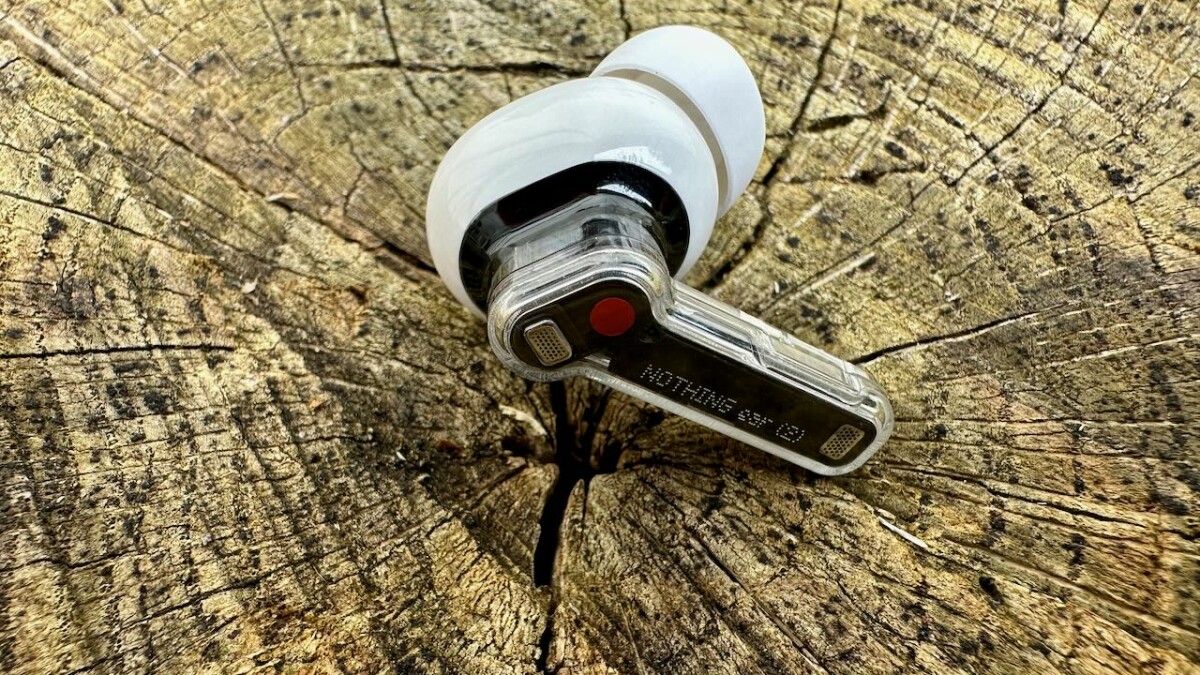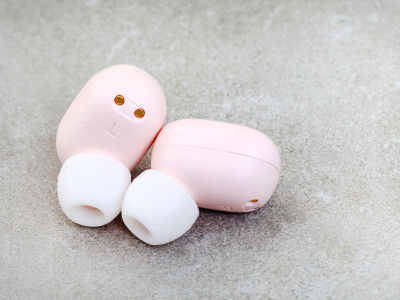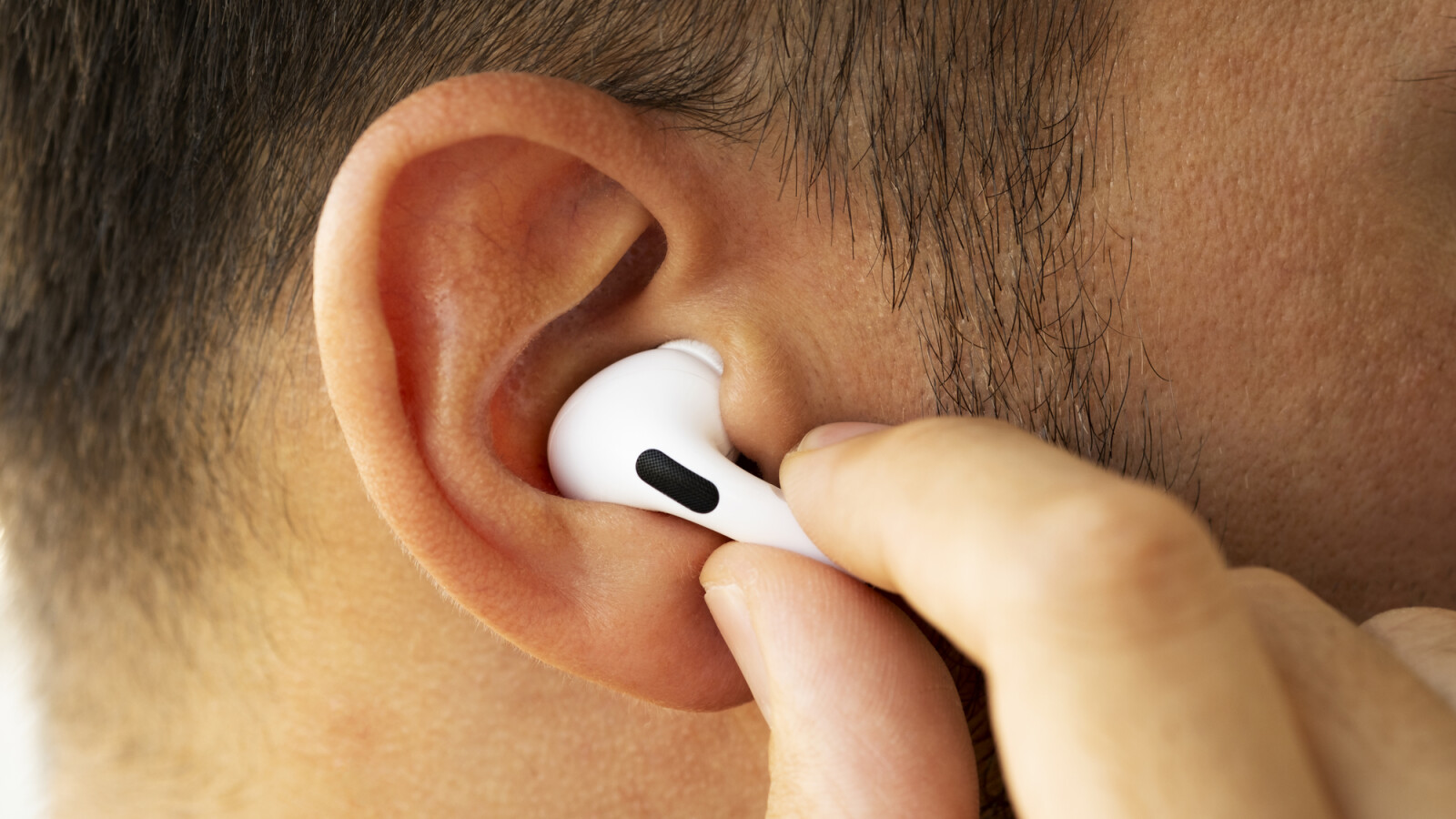In-ears are small, handy and deliver good music. For many, however, it is a problem to use the headphone plugs correctly. But we know a few tricks.
How do in-ear headphones actually have to be used and worn? We’ll enlighten you. (Source: depositphotos.com / casarda)
In-Ears-Tips: Attachments in different sizes
Use headphones correctly
Something is still not right there
Wearing in-ears: you should keep this in mind when listening to music
Alternative: foam attachments
Alternative: Earbuds and special in-ears
If you don’t want to wear a gigantic headband all the time or just want to listen to music without being noticed, in-ear headphones are the perfect solution. You simply push the small ear studs into your ear canal. If the model of your choice is wireless, there are few devices that offer more comfortable music enjoyment. Nevertheless, many people have problems with in-ears.
Because in contrast to over-ear and on-ear headphones, which almost everyone can put on regardless of their physical condition, there is a big problem with in-ears: Everyone has different sized and shaped ears, auricles and auditory canals. But in-ears have a fixed size. But with the right tricks, all types of in-ears fit in your ears. We’ll tell you about them below.
The best in-ear headphones in the test and comparison: Everything is just right here
NETZWELT may receive a commission from the retailer for links on this site. More info.
In-Ears-Tips: Attachments in different sizes
When unpacking your in-ear headphones, you will have noticed that small, semi-circular attachments are included. These attachments are also called “tips” and come with the headphones in three different sizes: S (small), M (middle) and L (large). You put the tips on the in-ear headphones. They offer you the appropriate wearing comfort and are important for an optimal sound.
But how do you know which tips are the right size for your ears? You have to experiment a bit here. If you already know that you have particularly small ears, try the S first. Since men tend to have a larger ear canal, sizes M and L usually fit them best. However, to be on the safe side, you should test all sizes once.

The small, handy in-ears are simply plugged into your ear canal. Hangers are not available. Most models also do without cables. (Source: Netzwelt)
To do this, you use the in-ears with the respective attachment and walk around a bit. If the in-ears push out after a while or if you feel uncomfortable pressure in your ear, the tips are too big and you should switch to a smaller attachment. If the tips are particularly loose and wobble in your ear, or if you have the feeling that they don’t completely fill your auditory canal, they are too small. Then try bigger tips.
Use headphones correctly
Despite the right size, the in-ears may somehow not “feel right in the ear” or the sound is not perfect when you listen to music. This is because you have not used your in-ears correctly. Follow the tips below so that this doesn’t happen to you and your in-ears sit comfortably and securely and the sound comes into its own.
- When inserting, use one hand to pull your ear slightly up and back a little. This is how you widen the ear canal so that the in-ears fit better.
- Twist the headphones back and forth a few times when using them. So you widen the ear canal a little further and place your in-ears firmly in the ear canal.
- If necessary, you can pull your earlobe down a bit and push the in-ears further into the ear canal with the other hand (if you feel that they are too loose)
- Make sure that the “pistons” of the in-ears do not point vertically towards the ground, but run past your earlobe at a slight angle. Since every ear is a little different here, you should try different angles to find the best one for you.
- Make sure that no air can flow past the in-ears. They should seal your ear so that you only hear ambient noise very quietly.
- Low music volume, lack of bass and muffled sound can be an indication that your in-ears are not yet properly fitted. Then repeat the above steps.
Something is still not right there In-ears should fit as comfortably as possible. Also listen to your feelings. If it doesn’t fit at all, you should generally use other headphones. (Source: AninkaBongersSutherland / depositphotos.com)
If your in-ears don’t fit properly even with these tips, you can try a few more things. For example, you can clean your ears before using the in-ears. Sounds logical, but is often forgotten. Especially if you tend to produce a lot of earwax, the dirt stuck in your ear canal can prevent the in-ears from fitting properly.
If something is wrong with the sound, your in-ears may not be sitting properly in the ear canal. Even a slightly slanted position can ensure that the sound is not thrown directly towards the eardrum, but is reflected off the walls of your ear canal on the way. You prevent this by making sure that the tips of your in-ears point straight (horizontally) towards the ear. Here, too, it helps to readjust a little.
Wearing in-ears: you should keep this in mind when listening to music
So that the in-ears don’t fall out all the time when you’re wearing them, we recommend that you don’t move your head jerkily if possible. Excessive jaw movements in particular ensure that your ear canals widen and the in-ears lose their grip. If possible, you should also refrain from constantly bending over and standing up.
Sports headphones usually sit more securely in these cases because they are optimized for fast movements and sudden changes in direction. If you jog a lot, you should definitely use such models if you don’t want to use your in-ears over and over again.

If you need your in-ears for sports, you should use designated sports headphones. (Source: veloliza / depositphotos.com)
Alternative: foam attachments
Usually not included in the scope of delivery, but available from most electronics retailers: foam attachments (memory foam) for in-ears. Unlike the normal silicone tips, you can deform these a little before inserting them. You can get a whole bunch of such tips in stores for less than 10 euros.
You know the principle from medical earplugs. You scrunch them up a little and put them in your ear. Here the foam expands again. They fit the ear canal a little better and don’t have to be squeezed through the ear canal.
Advertisement
If you continue to have problems with the fit in general, you can look around for further attachments at your trusted retailer. One of the employees may also be willing to advise you. Users with hearing aids in particular should take advantage of such advice, as they have to consider special things when using in-ears.
Alternative: Earbuds and special in-ears
If all else fails, in-ears might not be the right headphones for you. But if you don’t want to go straight to the huge headband headphones, you have a few other options.
Headphone comparison: the best headphones in the test
NETZWELT may receive a commission from the retailer for links on this site. More info.
For example, there are in-ears with loops or wing attachments, which are a bit more noticeable, but noticeably improve the fit in and on the ear. However, these models are much less common than normal in-ears. More often you come across earbuds, which many mistakenly equate with in-ears.
In fact, there are differences between in-ears and earbuds. In-ears, or earphones, are usually inserted into the ear canal, whereas earbuds are only in the pinna. The principle of both types of headphones is similar, but earbuds do not use tips. In-ears also generally block out ambient noise better than earbuds.
One of the most popular earbuds is the Apple AirPods. We have already devoted ourselves to them in many ways on Netzwelt and, for example, subjected the AirPods Pro to a practical test.
Apple AirPods Pro review
Apple in-ear headphones
Apple’s AirPods Pro are all-around great in-ear headphones that have gotten even better over the years. In the 2022 test, we examine whether they are still recommended.
If you are still looking for the right headphones for you, we recommend that you take a look at our list of the best headphones or directly at our list of the best in-ears.
Don’t miss anything with the NETWORK-Newsletter
Every Friday: The most informative and entertaining summary from the world of technology!
